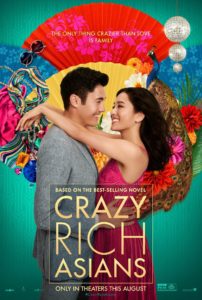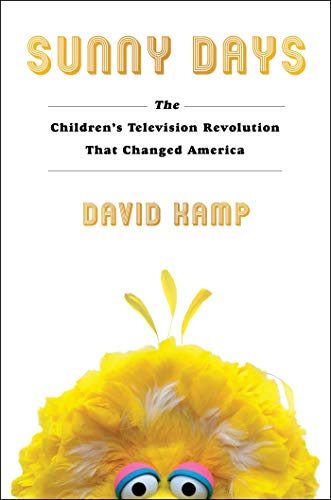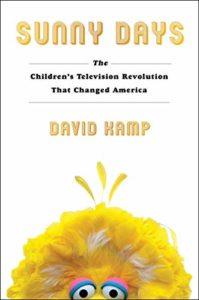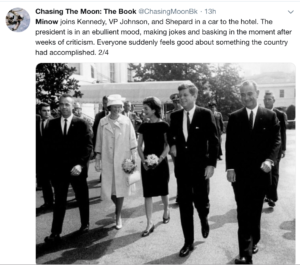Ten Years Later: The Finale of Lost
Posted on May 24, 2020 at 3:37 pm
No one knows Lost better than Jen Chaney, so there is no one better to look back on the finale, which disappointed many fans. It’s an unsovable problem; people who stuck with the show loved its ambiguity and puzzles. So, if the finale answered all the questions it would annoy fans. And if it didn’t, it would annoy them, too.For Vulture, Chaney writes:
Many people, myself included, appreciated the emotional way it wrapped up Lost’s story. If you go back and rewatch “The End” now, you may be surprised to learn you appreciate it too, especially if the one and only time you watched it was on the night of May 23, 2010.
I recently did that, and in connection with another story I’m writing, I convinced Lost showrunners and co-creators Damon Lindelof and Carlton Cuse to rewatch it as well. It was the first time either of them had seen “The End” since it first aired, and it brought back what Cuse described as “a jumble of emotions.” He recalled parts of the finale as though he had just done it yesterday, while other moments he had completely forgotten. “I was a little, kind of, out of time,” he said….
They were especially moved by the events that take place in the flash-sideways, where, one by one, each major character is suddenly awakened to memories of the island, often when someone who also had been there touches them. “I got emotional watching that stuff because it felt like the characters were in a Lost reunion show that they didn’t know they were in,” Lindelof said. “It was like The Truman Show. It was like, ‘Oh, Jack, you were actually on this show called Lost where you had all these adventures on an island.’”
Those moments, in which physical contact sparks recollection of a life left behind, got me choked up for a similar reason. I was watching the characters flash back to their island existences, while I also was flashing back to my experience years ago of watching them live on the island for six seasons. But I got choked up for another reason, too: Aren’t we, at this moment, also living a little out of time? In the third month of quarantining, when we can barely recall what it felt like to live normal, unrestrained, mask-free lives, those scenes packed a whole different punch. I imagine that when we’re allowed to hug our friends again, the flood of what pre-pandemic life felt like will come rushing back, the same way island life did for Locke, Kate, Sun, Jin, Sawyer, Juliet, and all of the rest. It hurts to think about that because we’re still not there yet.
“I felt that the thematic intentions of nobody doing it alone — you need them and they need you — a lot of the emotionality of the themes was very poignant in this particular moment, when we’re all separated from each other by a pandemic,” Cuse said.
Looper’s version:
Mashable on Lost:





